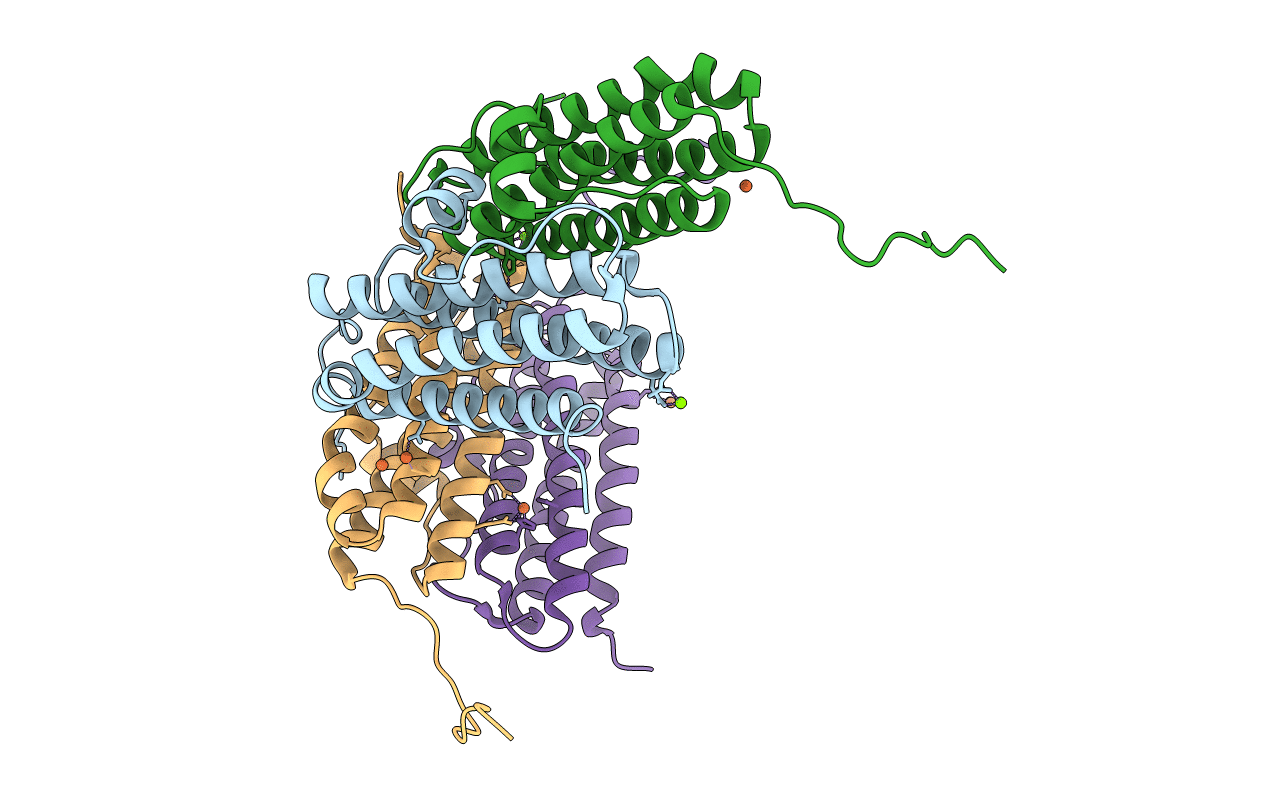
Deposition Date
2016-12-31
Release Date
2017-08-09
Last Version Date
2024-03-20
Entry Detail
PDB ID:
5WW5
Keywords:
Title:
Crystal structure of the second DNA-Binding protein under starvation from Mycobacterium smegmatis soaked with iron in the ratio of 100 iron atoms per dodecamer
Biological Source:
Source Organism:
Mycobacterium smegmatis str. MC2 155 (Taxon ID: 246196)
Host Organism:
Method Details:
Experimental Method:
Resolution:
2.04 Å
R-Value Free:
0.20
R-Value Work:
0.16
R-Value Observed:
0.16
Space Group:
H 3 2


